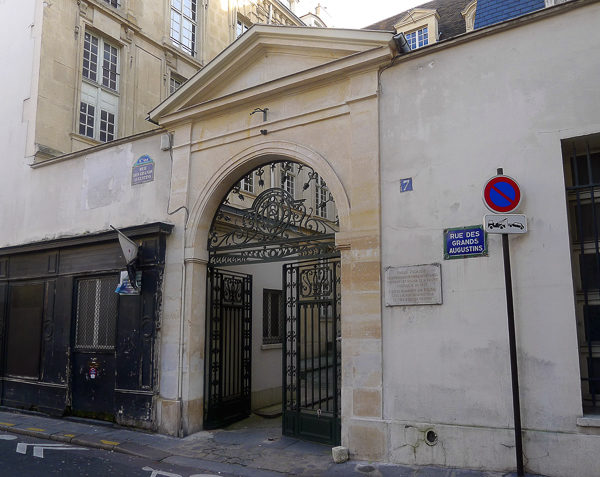One of the biggest disappointments of our recent trip to Paris was the inability to visit Picasso’s apartment studio where he lived and worked for almost twenty years including the entire four years of the German occupation. There are numerous photos of Picasso in the apartment and I was hoping to be able to present them to you along with contemporary images. Oh well—hopefully the building owners and the French government can work something out to allow visitors to the attic apartment (more on this later).
Despite an exodus of artists and gallery owners prior to the Germans entering Paris on 14 June 1940 and numerous offers to sponsor him in America, Pablo Picasso decided to remain in Paris. To this day, the real reason for why he stayed is unknown and can only be speculated.
There were three primary reasons why Picasso might have considered leaving France and conversely, reasons to be worried about his safety while remaining in Paris. First, the Nazis had declared his work to be “degenerate” art and eventually destroyed many of his paintings. Second, Picasso supported the Republican cause during the Spanish Civil War and as such, was an opponent of fascism and Hitler. Third, Picasso was suspected of being a Communist or at least having Communist sympathies. The one thing he did have in his favor was an international reputation that may have protected him. Learn more here.
Picasso was kept under constant surveillance during the occupation. German officers would visit him in his attic apartment−studio, and “hideout” at 7, rue des Grands Augustins (aka Grenier des Grands Augustins) in the Left Bank’s sixth district. Sometimes the Gestapo visits were to interrogate him. Other visits were by German officers wanting to meet and talk with the world-famous painter.


